Top 5 Best Project Collaboration Platforms Of 2024

Collaboration is crucial for businesses to thrive in the fast-paced modern world. While some businesses still collaborate traditionally, the use of technology for online collaboration is becoming increasingly apparent. To make digital workflow more efficient, businesses have started using project collaboration software to enable teams to work together seamlessly, even if they are in different locations. Unlike standard communication tools, it offers integrated solutions that help streamline workflows, increase efficiency, and promote real-time collaboration.
By enhancing transparency and reducing communication barriers, this software optimizes operational processes, encourages innovation, and helps businesses stay competitive. It serves as a centralized hub where tasks, communications, and project-related data come together.
If you're looking for software to help your business, we've identified the top 5 best project collaboration platforms of 2024.
1. Asana
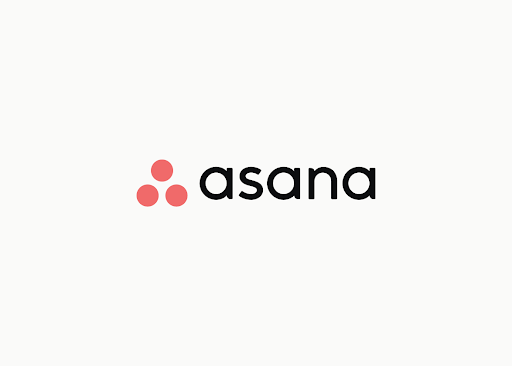
Overview
Established in 2008 by former Facebook executives Dustin Moskovitz and Justin Rosenstein, Asana is now a leading project collaboration software. Headquartered in San Francisco, California, the company aims to help teams work together seamlessly and achieve their goals. Asana has become a popular choice for businesses of all sizes, from startups to Fortune 500 companies, with millions of users worldwide.
The company is dedicated to providing a transparent and user-friendly experience and has earned a solid reputation for offering a powerful platform that improves team collaboration and productivity. The company has expanded strategically, continually improving its software to cater to diverse business needs.
Their flagship project management tool operates on the cloud and aims to simplify team collaboration and task management. It is designed with an intuitive interface and flexibility, thus making it suitable for a wide range of industries and project types. Asana supports various project management methodologies, including Agile, Scrum, and Kanban, which makes it adaptable to different organizational structures.
As a cloud-based solution, Asana allows teams to access their projects and tasks from anywhere, creating seamless collaboration among remote and distributed teams. The software's real-time updates ensure that all team members are informed about project progress, reducing communication gaps and enhancing overall efficiency.
Features
Task and Project Management
Asana is a great tool for task and project management. It offers a user-friendly interface that makes it easy for teams to create, assign, and prioritize tasks. Projects can be organized into boards, lists, or timelines, giving teams the flexibility to structure their work in a way that suits them best. Teams can set dependencies and due dates, which helps them manage complex workflows effectively.
Collaboration and Communication
Asana excels in facilitating effective communication among team members. It provides features such as comments, file attachments, and a centralized activity feed, which allow team members to discuss tasks and projects within the platform. By mentioning team members and tagging tasks, Asana keeps communication organized and contextual.
Customizable Workflows
Asana is designed to accommodate the unique workflows of every team. Users can customize project views, fields, and task dependencies to align with their specific processes. This adaptability makes Asana suitable for various industries, from marketing and design to software development and beyond.
Integrations
Asana integrates seamlessly with a wide array of third-party tools and applications, including Google Workspace, Slack, and Microsoft Teams. This integration capability ensures that teams can centralize their work without disrupting existing workflows.
Reporting and Analytics
Asana provides robust reporting tools that enable teams to track progress, identify bottlenecks, and make data-driven decisions. Users can generate custom reports, view project timelines, and gain insights into team performance, fostering continuous improvement.
2. Trello
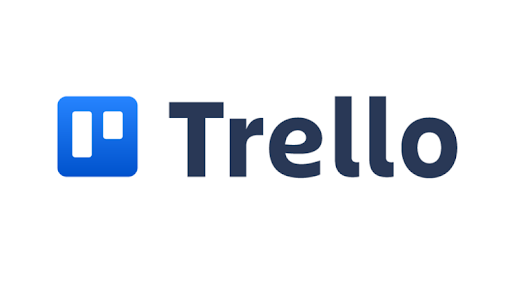
Overview
Trello, founded by Joel Spolsky and Michael Pryor in 2011, quickly gained popularity due to its revolutionary approach to project management. In 2017, Atlassian acquired Trello, and it has since become an essential part of Atlassian's ecosystem alongside Jira and Confluence. Trello is headquartered in New York City and is committed to simplifying and enhancing project collaboration across diverse industries and team sizes.
Trello's founding principle is based on boards, lists, and cards, which provide a visual and intuitive framework for users. As part of Atlassian, Trello benefits from a strong foundation in project management methodologies and software development.
Their project collaboration software is a visual project collaboration tool that uses boards to represent projects, lists to break down tasks, and cards to represent individual work units. The platform's simplicity is a standout feature, making it accessible to small teams and large enterprises alike. Trello is designed to be user-friendly, fostering collaboration through visual organization and a drag-and-drop interface.
One of Trello's defining characteristics is its adaptability to different project management methodologies. Trello provides the flexibility to customize boards and cards to match specific processes, whether teams follow Agile, Scrum, Kanban, or custom workflows. This adaptability has contributed to Trello's widespread adoption across industries, from marketing and HR to software development.
Features
Boards, Lists and Cards
Trello's boards are the canvas for projects, lists organize tasks within a board, and cards represent individual work items. This visual structure allows teams to easily grasp the status of their projects and tasks at a glance. The drag-and-drop functionality makes it effortless to move cards between lists, adapting to changing priorities.
Collaboration and Communication
Trello promotes collaboration by allowing team members to comment on cards, attach files, and mention colleagues. This feature-rich communication system ensures that discussions are centralized within the platform, reducing the need for external communication channels.
Power-Ups
To extend functionality, Trello offers Power-Ups, which are integrations with third-party apps and tools. Power-Ups enhance boards with features like calendar views, voting, and time tracking, allowing users to tailor Trello to their specific needs. The marketplace offers a variety of Power-Ups to choose from.
Automation
Trello's Butler feature enables the automation of repetitive tasks through customizable rules. Users can set up triggers and actions to automate processes, saving time and reducing manual effort. Automation in Trello enhances efficiency by streamlining routine workflows.
3. Morningmate
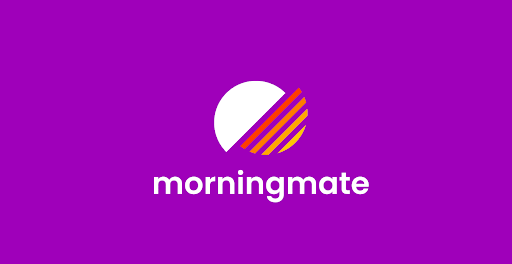
Overview
Morningmate was founded in 2015 with the goal of developing an easy-to-use and accessible work management platform. Since then, it has surpassed expectations and gained recognition in South Korea for its intuitive interface, robust feature set, and dedication to user satisfaction. Today, it continues to push boundaries in team collaboration.
Morningmate has consistently achieved impressive results. Surveyed users report benefits of reduced meeting times by 60%, decreased process spending by 20%, and increased work productivity by 10%. These metrics demonstrate the software's ability to optimize resource utilization and generate cost savings for businesses.
Furthermore, Morningmate has increased brand value by 200%, proving its positive impact on the overall image and reputation of businesses. By providing digital workflow management and collaboration tools, Morningmate helps foster a positive and dynamic work culture, which in turn attracts talent, clients, and partners to the business.
You can sign up for free to access basic features or book a consultation to receive 60 days of Business+ plan free for the best Morningmate experience.
Features
Project and Task Management
The project and task management features of Morningmate are highly efficient for collaboration purposes. It enables seamless collaboration with external project partners through a simple invitation link, eliminating the need for separate communication channels.
Task planning and tracking become simpler with the ability to assign responsibilities, due dates, priority levels, and subtasks. Filter and search for tasks in the task list view, where tasks across projects are listed in one convenient place. The Gantt Chart View feature compiles tasks to provide an intuitive timeline overview of project itineraries, task progress, and teammate activities. This consolidated visibility of progress eases the process of internal onboarding and transitioning.
Workflow Innovation
Workspaces are an adaptable feature that can be applied to a variety of workflow needs. Dedicate a workspace to a department, project, or sub-team to communicate and work together, or even use it as a place to gather important information for easy reference.
Interact with your workspaces through posts that appear chronologically on the page in an intuitive feed view. Posts offer tools for tracking tasks, taking polls, setting meetings, and more. Individual posts can be duplicated to other workspaces. This enables users to establish templates that are shareable across teams, saving time and effort.
Centralized Content
Morningmate shows a strong commitment to a centralized workspace, which is evident in its features. A customizable dashboard view presents key project information, communication, and developments at a glance. The universal viewer allows users to quickly search through project boards and view tasks, uploaded files, mentions, and posts.
Communication through comments and in-platform chat is easily searchable, and face-to-face video calls can be made right through the platform thanks to native Google and Zoom integrations. The project activity log maintains a record of all actions taken by the team, making it easy to track activity and engagement.
4. Monday.com
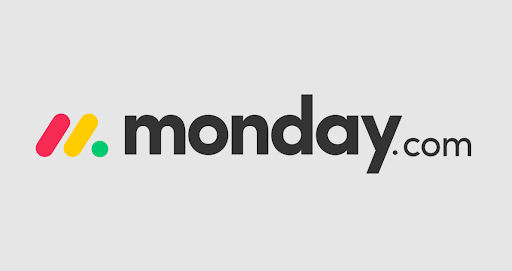
Overview
Monday.com is a project collaboration platform that was founded in 2012 by Roy Mann and Eran Zinman. The company is headquartered in Tel Aviv, Israel, and is committed to transforming how teams work together. The platform aims to improve communication, enhance productivity, and provide teams with a centralized space for effective project management.
One of Monday.com's key features is its adaptability to different project management methodologies. It provides the tools to customize boards, columns, and views to suit specific project needs, whether teams follow Agile, Waterfall, or a custom workflow. The platform supports collaboration among both co-located and remote teams, aligning with the evolving landscape of modern work.
Features
Visual Project Tracking
monday.com uses a visual project tracking system that employs boards, columns, and cards to represent projects and tasks. This gives users a clear and interactive overview of their projects. Users can customize their views, including timelines, calendars, and Kanban boards, to match their preferred project management style.
Customizable Workflows
The platform allows users to design and customize their workflows to reflect the intricacies of their processes. Columns representing different aspects of a project can be tailored to include various data types, such as dates, numbers, and dropdowns. This flexibility makes the platform suitable for a wide range of industries and project types.
5. Click-up
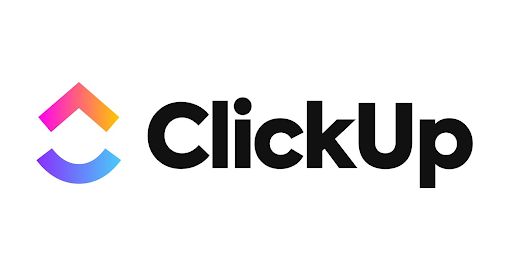
Overview
ClickUp is a comprehensive project collaboration and productivity platform founded in 2017 by Zeb Evans. Headquartered in San Francisco, California, the company aims to create a tool that caters to the diverse needs of teams, fostering collaboration and efficiency.
ClickUp is designed to centralize work, communication, and productivity, making it an all-encompassing project management platform. It is versatile and suitable for diverse project types, ranging from software development and marketing to HR and beyond. ClickUp's user interface is intuitive, offering a range of features that support task management, collaboration, and project planning.
One of ClickUp's distinguishing features is its flexibility in accommodating different project management methodologies. Whether teams follow Agile, Scrum, Kanban, or custom workflows, ClickUp allows for customization of project spaces, views, and task details, ensuring that the platform adapts to the unique needs of each team.
Features
Easy Communication and Collaboration
ClickUp is a platform that facilitates collaboration and communication among team members. It offers task comments, mentions, and document-sharing features to help teams work together seamlessly. Additionally, it provides a built-in chat system and integrates with popular communication tools like Slack and Zoom, ensuring that teams stay connected and informed in real time.
Reporting and Analytics
Another useful feature of ClickUp is its comprehensive reporting and analytics capabilities. Teams can track progress, identify bottlenecks, and gain insights into performance using customizable dashboards, reporting widgets, and time-tracking features. This data-driven approach to project management helps teams make informed decisions and improve their overall performance.
Conclusion
Investing in project collaboration platforms can be a game-changer for businesses, thanks to their sheer efficiency. These platforms provide a centralized hub that helps project management, communication, and task organization, enabling businesses to cut through the clutter.
With the ability to adapt to various project methodologies and promote real-time updates and accountability, these platforms have become a strategic necessity for businesses aiming to stay ahead in the game.
© Copyright IBTimes 2024. All rights reserved.





















